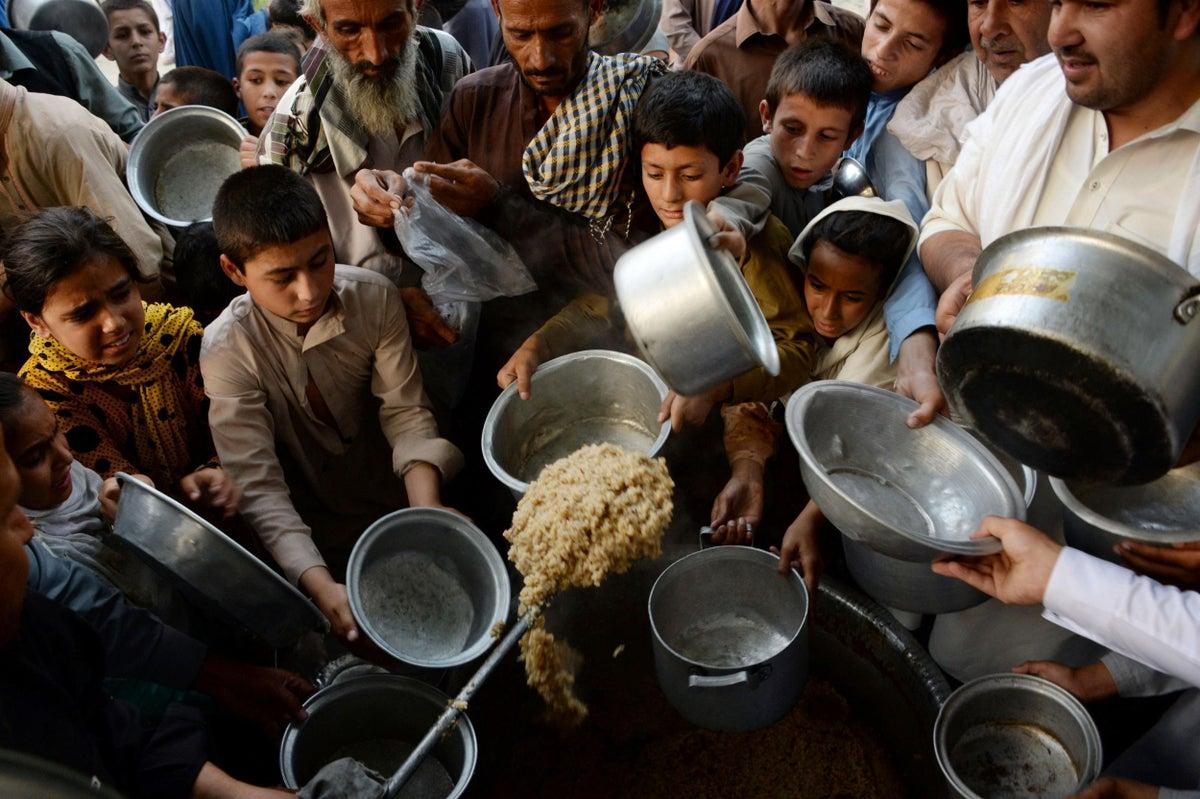By Oralis Ward | Staff Writer

About 22.8 million residents of Afghanistan, more than half of the country’s population, are on the verge of entering a starvation crisis this winter. According to the UN World Food Programme (WFP), a minority of children under five are already facing severe malnutrition along with the country’s dire need of action and support.
In August, the crisis began when the Taliban took control of Afghanistan due to foreign aid discontinuing their assistance, such as involvement from the U.S. military and the World Bank and International Monetary Funds. Before the Taliban, the country’s population was also managing internal displacement due to strife, the COVID-19 pandemic, and a drought, particularly from the lack of snowmelt for crops and livestock.
As reported by the WFP, this upcoming winter will bring famine to many families who will need urgent assistance due the extremity of the seasons’ course in blocking roads and isolating communities from resources. During that time, associations similar to the WFP are to be expected to serve as a lifeline for Afghanistan.
The executive director of the WFP, David Beasly, states, “This winter, millions of Afghans will be forced to choose between migration and starvation. We are on a countdown to catastrophe.”
Until then, Afghans throughout 27 provinces are managing their hunger through an economy with a decline in local currency and an increase of food costs. The situation led many residents to sell their possessions to obtain nutrition and energy in their bodies.
According to an interview from BBC News, a resident in Herat stated, “It has been more than five months [since] I have received my wages.” He continued, “Life is tough. I am selling whatever we have at home. We are selling our animals, cutting our trees to sell the wood.”
Consequently, the children of Afghanistan are facing malnutrition due to the lack of food obtained from their families. Without humanitarian assistance as a resource, the WFP reports their expectation of over a million children dying of malnutrition.
Hunger and malnutrition within children of families are not only present in rural communities, but communities in urban areas.
According to the organization Save the Children, an eight-year-old boy who received aid from their program stated, “We have bread and sometimes rice, but never meat and fruit. We have so much less food than before and it makes me worried. Sometimes, when we don’t have food I go to sleep without eating anything.”
As of now, many international resources, like the WFP, are hoping to acquire $220 million dollars in donations in order to prevent the consequences of the hunger predicament.
Other resources, such as the United Nation Children’s Fund (UNICEF), are distributing special foods in the hopes of treating children with severe malnutrition.
